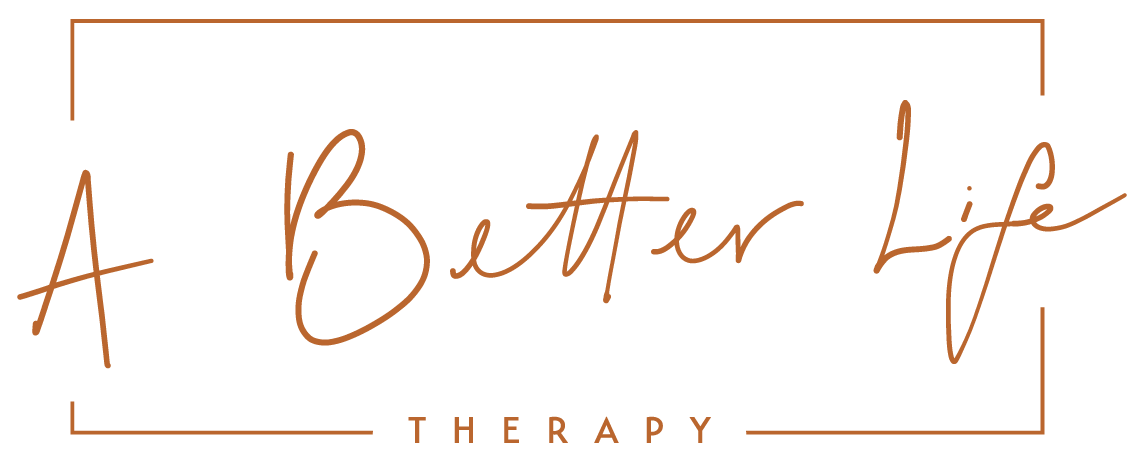"No matter what I say, it's always wrong" : The Double Bind
By Elizabeth Earnshaw, MA, LMFT, CGT
the double bind
Double binds are intricate and often emotionally charged communication situations that can leave individuals feeling perplexed and anxious. They occur when conflicting messages are conveyed, causing uncertainty in the recipient about which message to believe. What makes double binds particularly challenging is that, regardless of the response chosen, it often seems to be the wrong one. Let's explore this concept further through the lens of Olivia's experience with her mother.
Olivia's Dilemma
Olivia found herself in a double bind when she contemplated whether to share her recent success with her mother. On one hand, she yearned for her mother's approval and support. On the other hand, she feared that her mother's tone and choice of words might signify condescension and judgment. This internal conflict left her uncertain about how to respond when her mother inquired about her work.
The Double Bind Components
A double bind, as developed by anthropologist Gregory Bateson, requires four essential components:
The person matters: The individual involved in the double bind situation holds significance to you, which amplifies the emotional impact.
Double message: Conflicting messages are communicated, often through words and tone, causing confusion.
Uncertainty: The recipient is unsure about which message to trust, further complicating the situation.
Insistence on the opposite: Regardless of which message you choose to believe, the other message is insisted upon as the truth.
Different Contexts for Double Binds
Double binds can occur in various contexts, not limited to family relationships. They can manifest in workplace dynamics, friendships, romantic partnerships, and interactions with other family members. In essence, double binds thrive on ambiguity and conflicting cues.
Responding to a Double Bind
People typically respond to double binds in one of three ways: enmeshing, differentiating, or cutting off.
Enmeshing: In an enmeshed response, individuals often choose to appease and placate the other party, prioritizing harmony in the moment. They might downplay their own feelings or beliefs to avoid conflict.
Cutting Off: Cutting off occurs when individuals decide that the emotional toll of the relationship outweighs the benefits. They may choose to sever ties or distance themselves significantly to protect their emotional well-being.
Differentiating: The ideal response is differentiation, which involves maintaining clarity about one's feelings, thoughts, and boundaries while engaging in the relationship. Differentiated individuals can navigate double binds by acknowledging the conflicting messages, responding authentically, and setting boundaries when necessary.
Building Differentiation
Building differentiation is a process that involves understanding where one person's feelings and thoughts end and another's begin. It necessitates the ability to separate emotions from thoughts and maintain these boundaries even when the relationship is challenging. It also requires emotional regulation and courage to risk losing the relationship for the sake of self-preservation.
In Olivia's case, a differentiated response might involve:
Acknowledging her mother's skepticism: "I hear your concerns about my business, Mom. You've always been cautious, and I respect that."
Setting boundaries: "Mom, it's important to me that we have a positive conversation. If you continue to belittle my business, I may need to end our discussion."
Staying true to herself: Regardless of her mother's reactions, Olivia maintains her pride in her achievements and doesn't let her mother's skepticism affect her self-concept.
Conclusion
Double binds are complex and emotionally taxing communication situations that can occur in various aspects of life. Understanding the components of a double bind and adopting a differentiated response can help individuals navigate these situations more effectively. It's crucial to consider emotional well-being when faced with such challenges and to recognize that people may employ double binds for various reasons, which can range from difficulty with vulnerability to manipulative behavior. Ultimately, the goal is not to change the other person (you can’t) but to reduce the negative impact of double binds on one's own mental and emotional health.
Written by Elizabeth Earnshaw, MA, LMFT, CGT
Elizabeth is a Licensed Marriage and Family Therapist, the founder of A Better Life Therapy, and an author. Elizabeth works with individuals and couples in the Ardmore and Center City office, specializing in communication, parenting and pregnancy, and high achievers.
DISCOVER A BETTER LIFE THERAPY:
Founded in 2013, A Better Life Therapy is committed to delivering compassionate, client-centered mental health services to individuals and families across Pennsylvania. Our dedicated team specializes in fostering healthy relationships and supporting individual well-being. With expertise in areas such as anxiety, grief, depression, pregnancy-related concerns, sexual health, substance use, and trauma, we provide the guidance you need.
You can find our in-person offices in multiple Pennsylvania locations, including:
Bucks County, Pennsylvania: New Hope
Philadelphia, Pennsylvania: Center City, Fishtown
The Main Line, Pennsylvania: Ardmore
The Jersey Shore: Galloway
The Lehigh Valley, Pennsylvania: Easton
Contact us at info@abetterlifetherapy.com or call 267-838-0066 to learn more.
Our Services:
We proudly serve the mental health and couples therapy needs of individuals in Pennsylvania, with specific offices in Ardmore, Easton, Philadelphia, and New Hope. If you're seeking support and guidance, reach out to us today. Your better life awaits.
Call 2678380066
Email info@abetterlifetherapy.com

